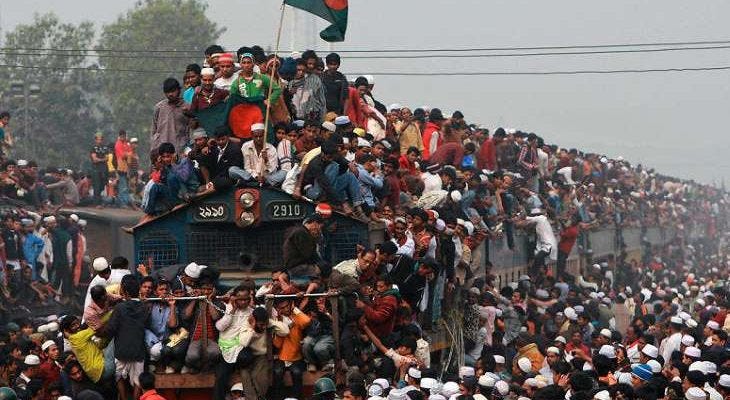The Population Bomb has Dropped
There seems precious little we can do about it

In 1968, Stanford University Professor Paul Ehrlich and his book The Population Bomb were ridiculed for predicting worldwide famine due to overpopulation and major social upheaval. In this, Ehrlich echoed the concerns of Thomas Malthus, who in 1798 in An Essay on the Principle of Population predicted that population growth would outstrip the globe’s cap…
Keep reading with a 7-day free trial
Subscribe to Asia Sentinel to keep reading this post and get 7 days of free access to the full post archives.

